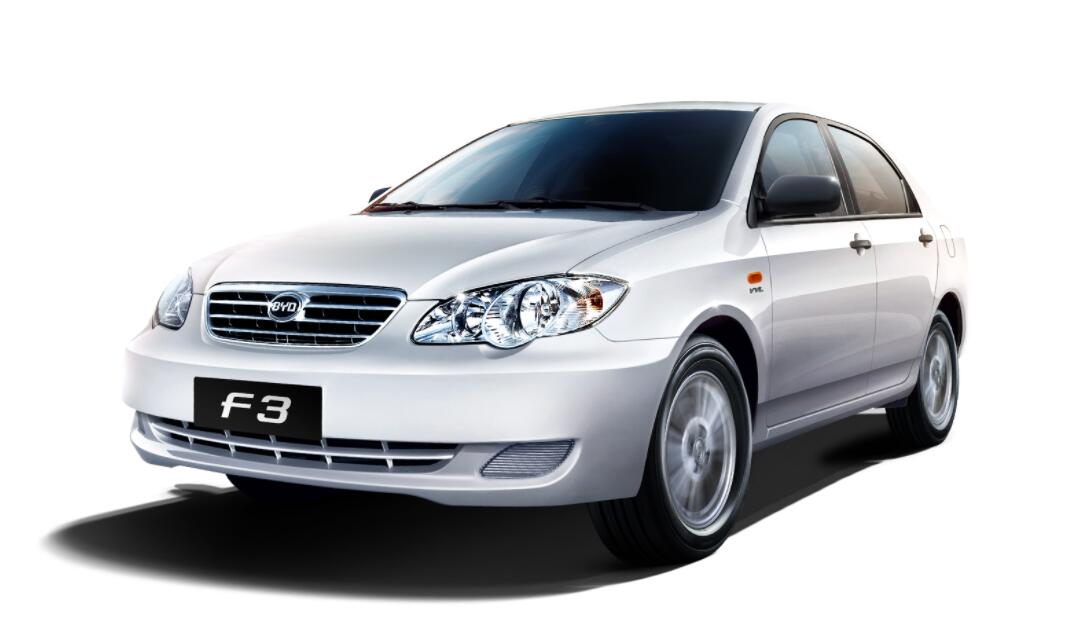BYD said it is gradually reducing the share of fuel vehicles in its production, with plans to discontinue its F3 model in October, and the market will be replaced by the DM-i series hybrid models.
BYD made the comment in response to a question about the discontinuation of fuel-fired vehicles at a recent investor meeting.
BYD's other fuel models are using the same production line as the hybrids and will be phased out in the future as appropriate, the company said.
The BYD F3 was released in 2005 and received a major facelift in 2014, updating the exterior as well as the interior design.
The F3 currently on sale is a 2020 model with a guide price starting at RMB 44,900 ($7,000).
(Photo source: BYD)
The F3 was popular at the time of its launch, and during its most glorious period in 2008 and 2009, sales often exceeded 30,000 units per month.
But with the popularity of its new energy model in recent years, sales of the F3 have dropped significantly, with only 10,338 units sold in the year 2020.
BYD's figures released earlier this month show it sold 68,531 units of all cars in August, up 86 percent from a year ago.
Of those, 61,409 were new energy vehicles, up 302 percent from a year ago and up about 22 percent from July.
The company sold 7,122 fuel vehicles in August, down 67 percent from 21,499 in the same month last year.
Meanwhile, BYD's DM-i series models are facing a serious capacity shortage.
BYD released models with DM-i super hybrid technology earlier this year, and their high fuel efficiency has attracted a lot of consumer interest. However, the production capacity of these models has not been able to increase quickly, leading to a large number of consumers' dissatisfaction with the long waiting time.
BYD apologized on May 17 for the delayed delivery of DM-i models, saying the company was actively making arrangements to accelerate the production capacity of these models.
At the e-Platform 3.0 launch on September 8, BYD Chairman and President Wang Chuanfu again apologized to consumers for the slow delivery of the DM-i models, saying that production capacity was climbing and deliveries will be accelerated.

